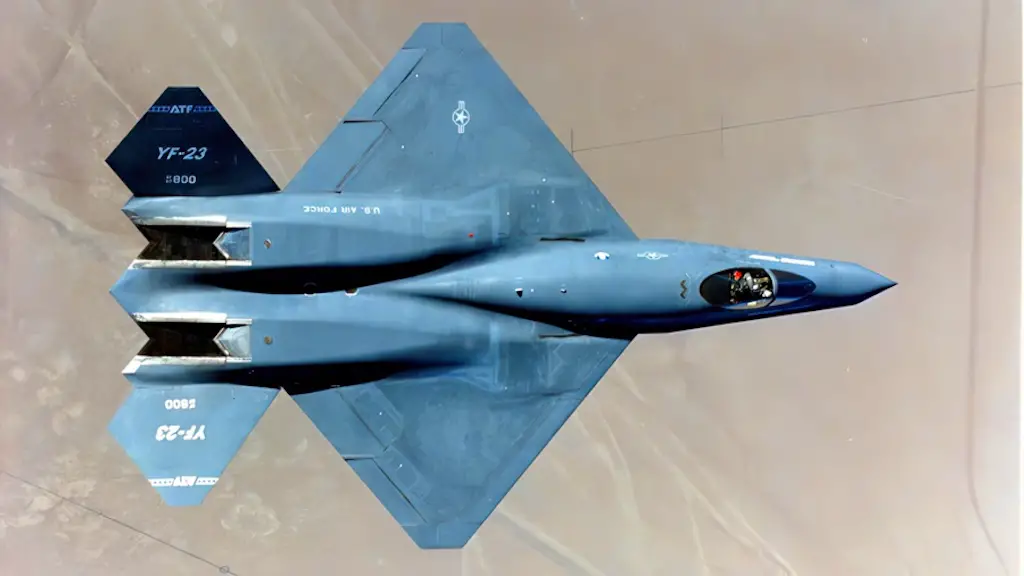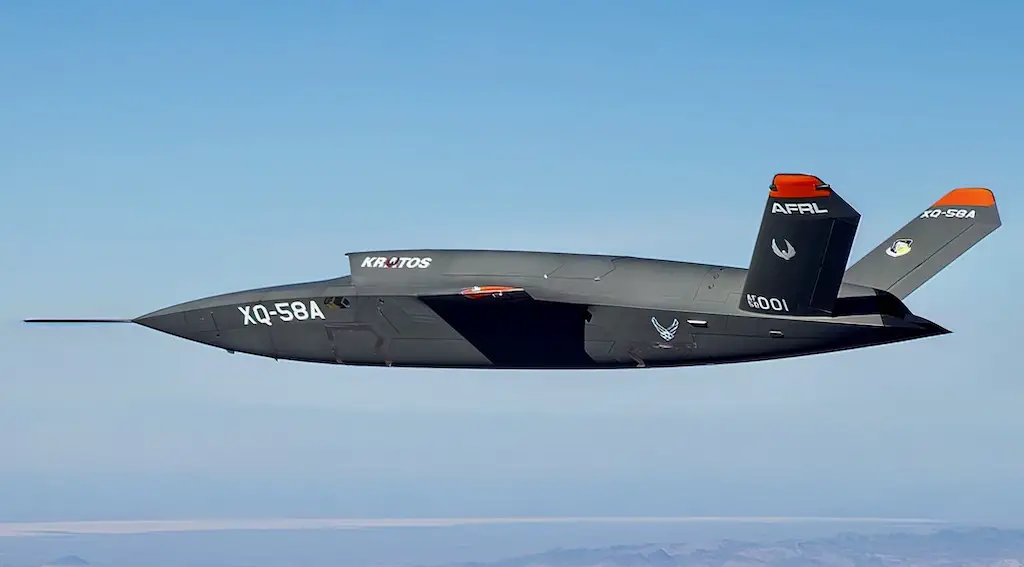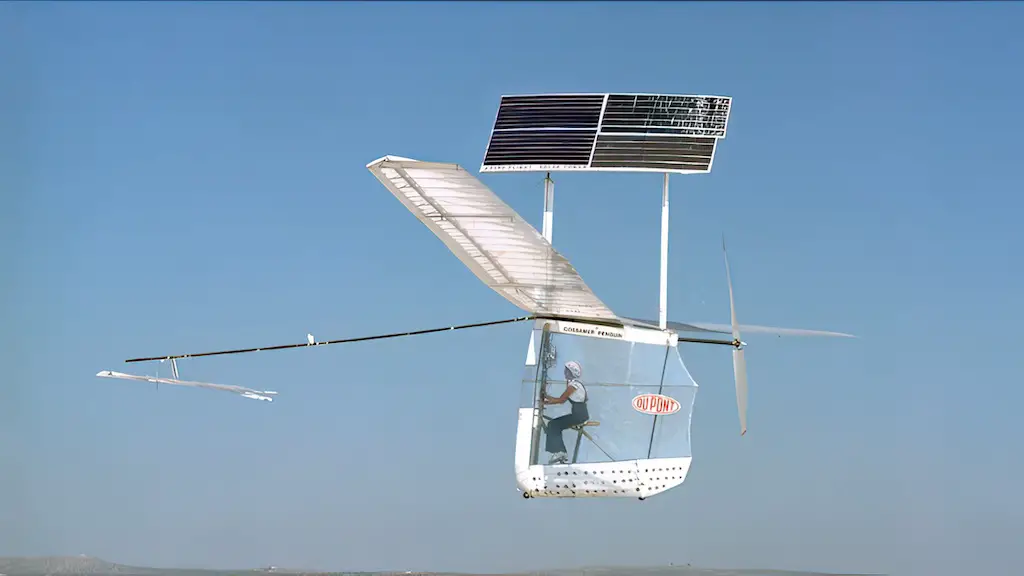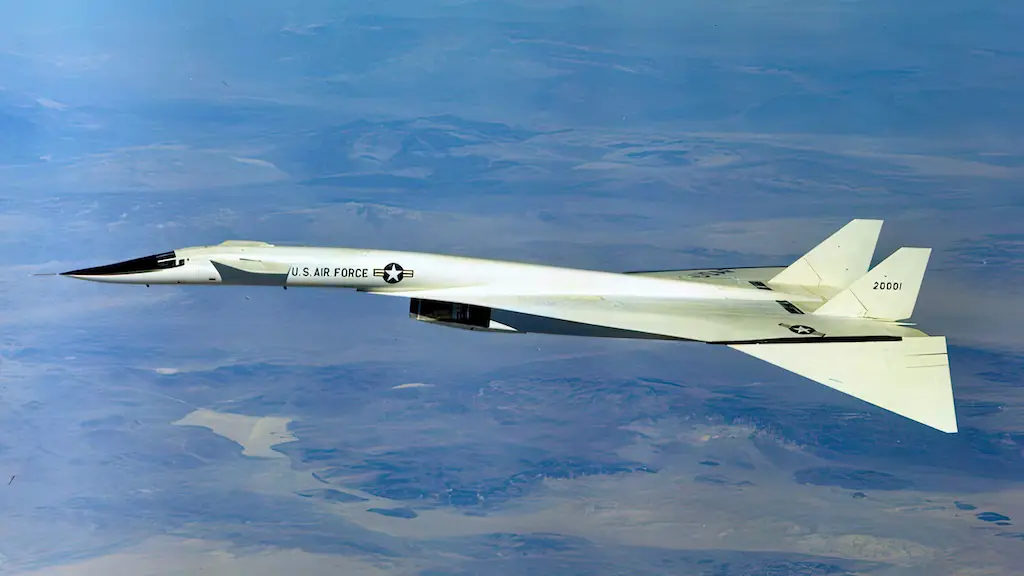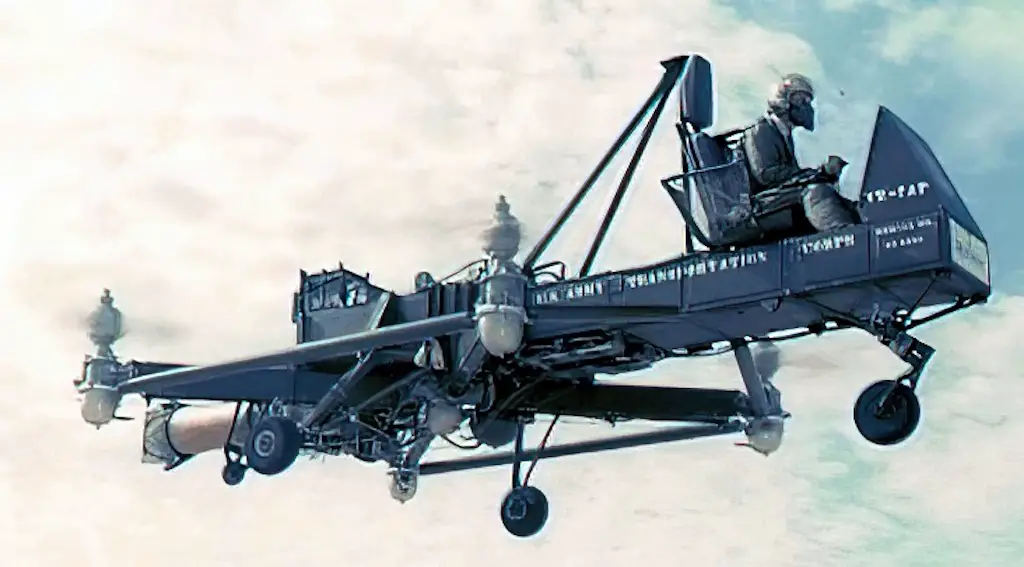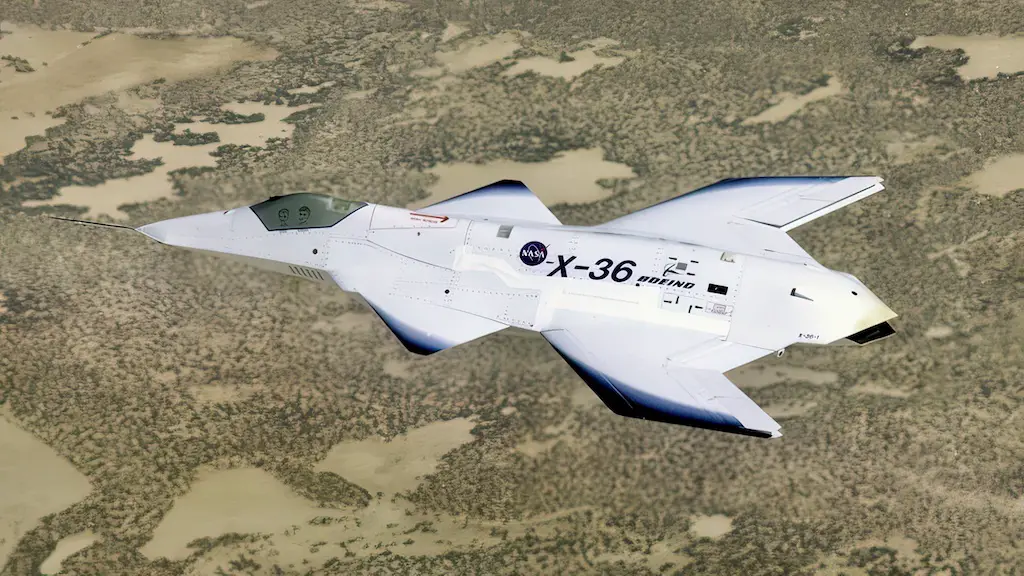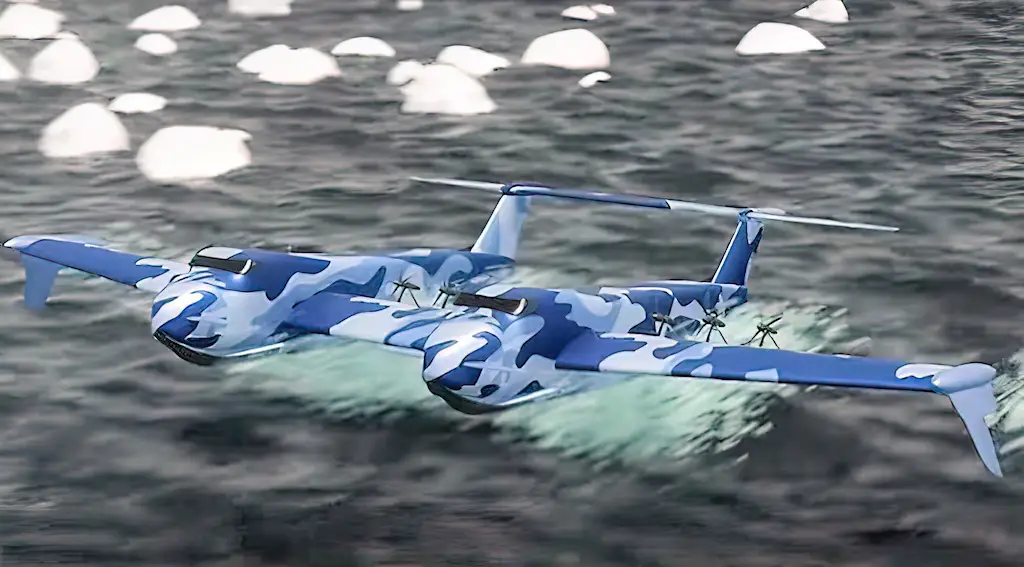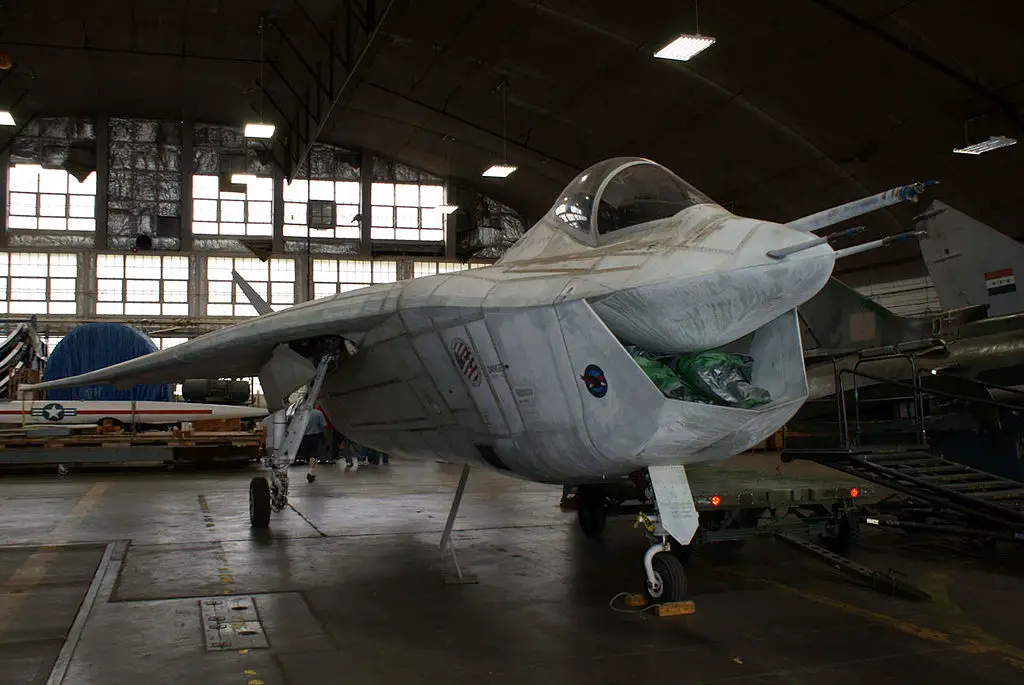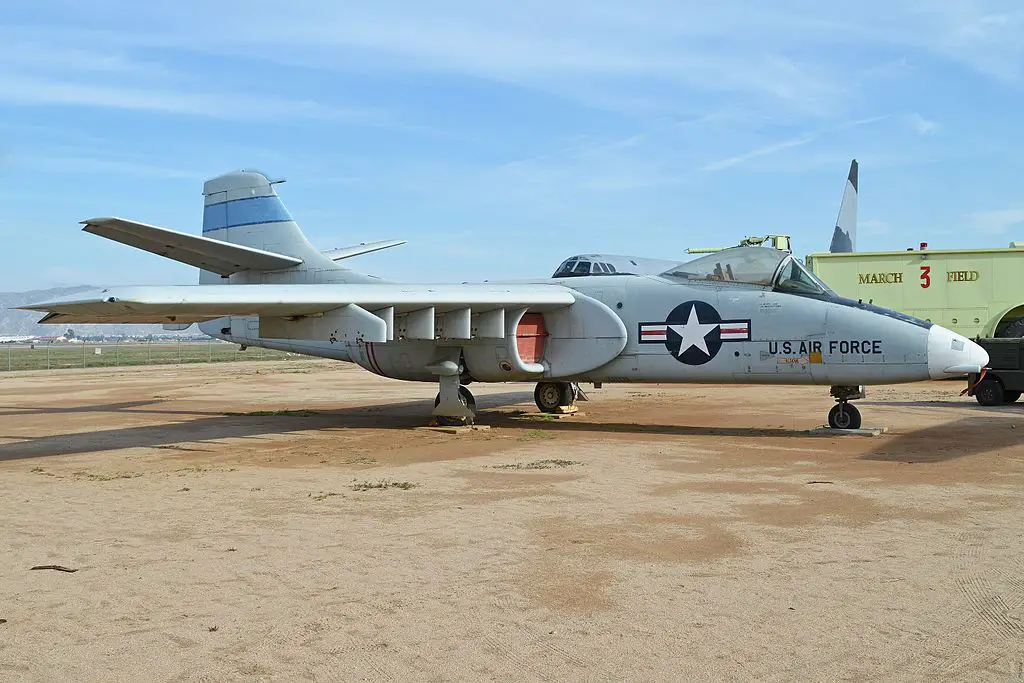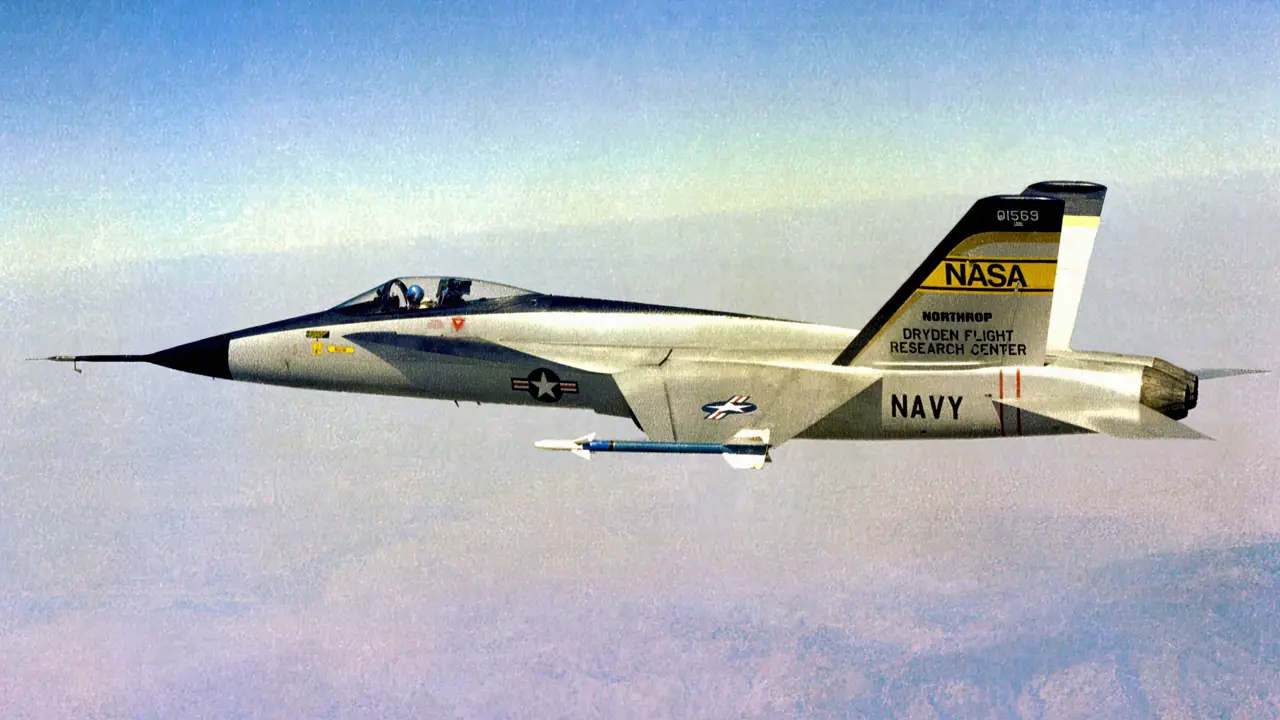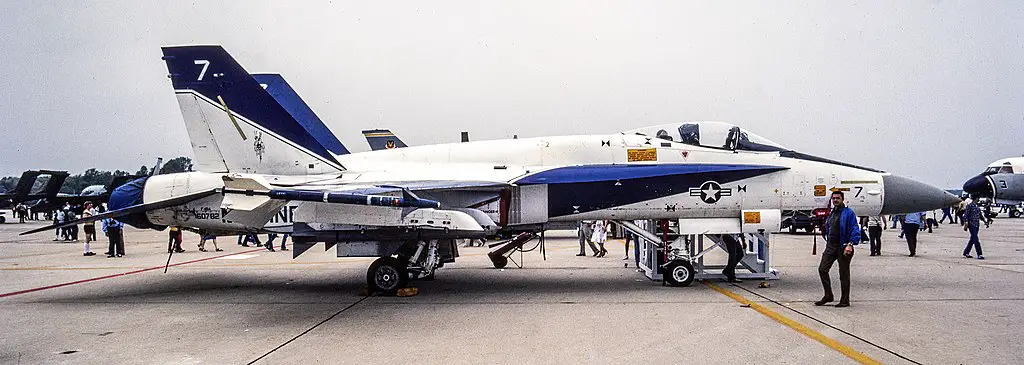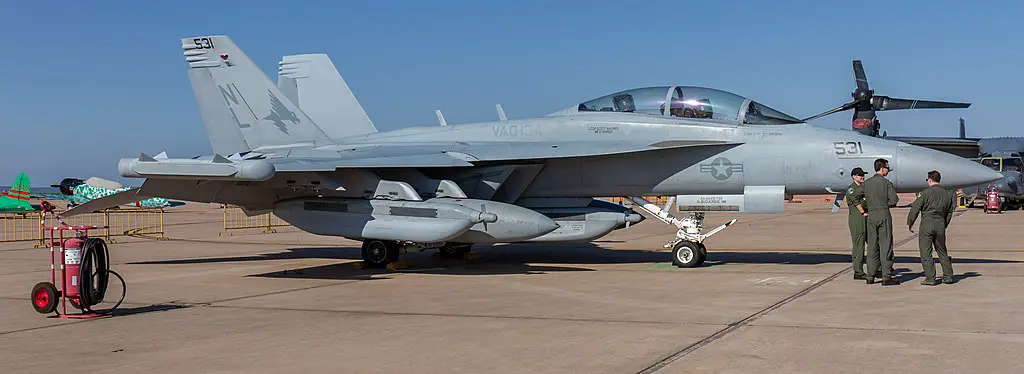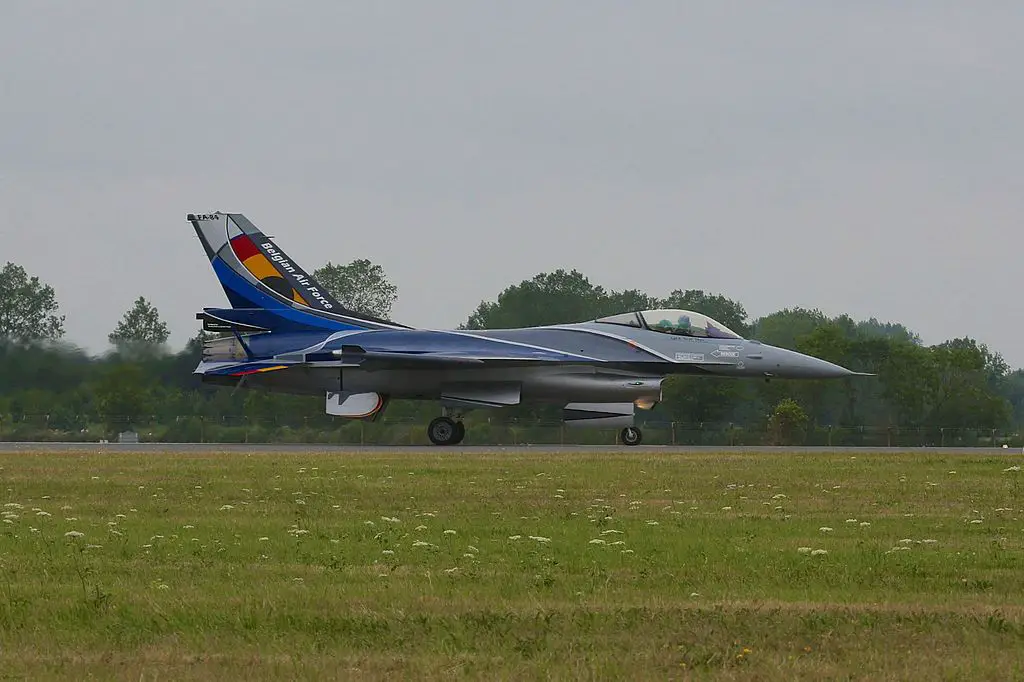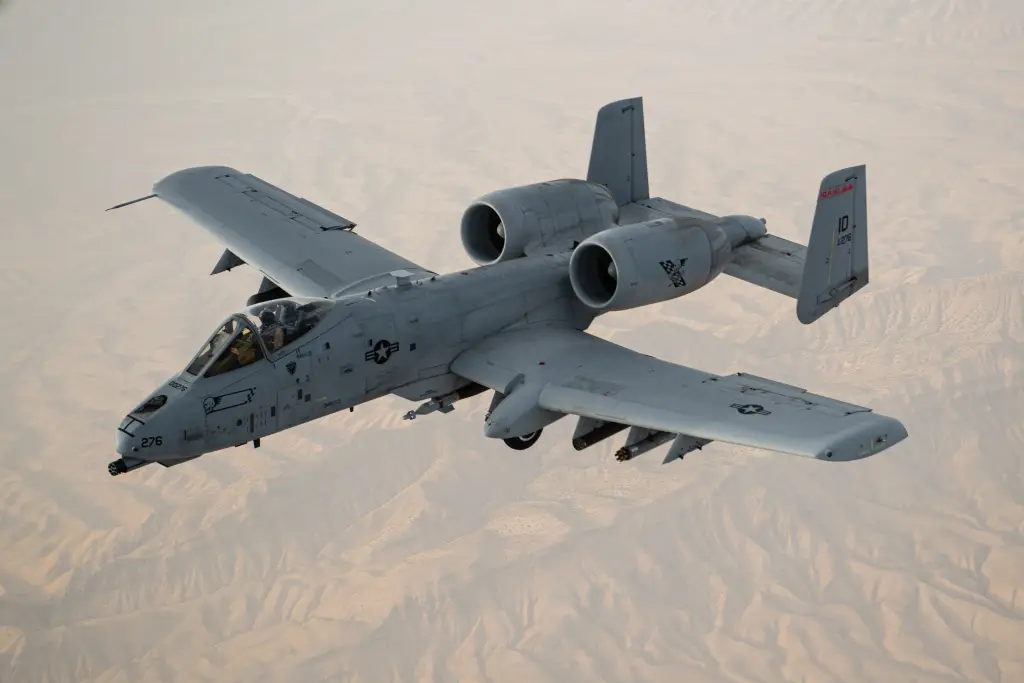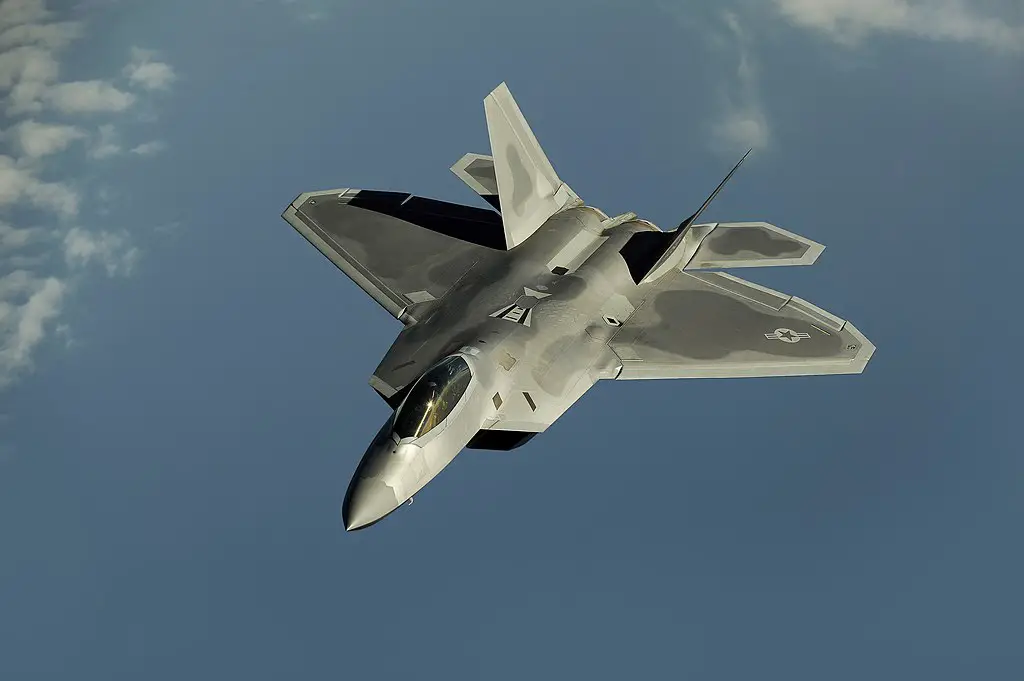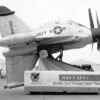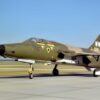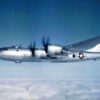In the realm of aviation history, decisions made by the US Air Force have frequently shaped the trajectory of modern warfare technology. Their selection of particular prototypes in various competitions has steered the course of not only American military aviation but also the world’s. However, a lingering question invites us to explore the uncharted realms of ‘what could have been.’ What if the pivotal decisions swayed differently? Today, we embark on a journey into an alternate timeline where the YF-17 eclipsed the YF-16, the YA-9 triumphed over the YA-10, the YF-23 bested the YF-22, and the X-32 outshone the X-35.
The YF-17 ‘Cobra’ Supremacy
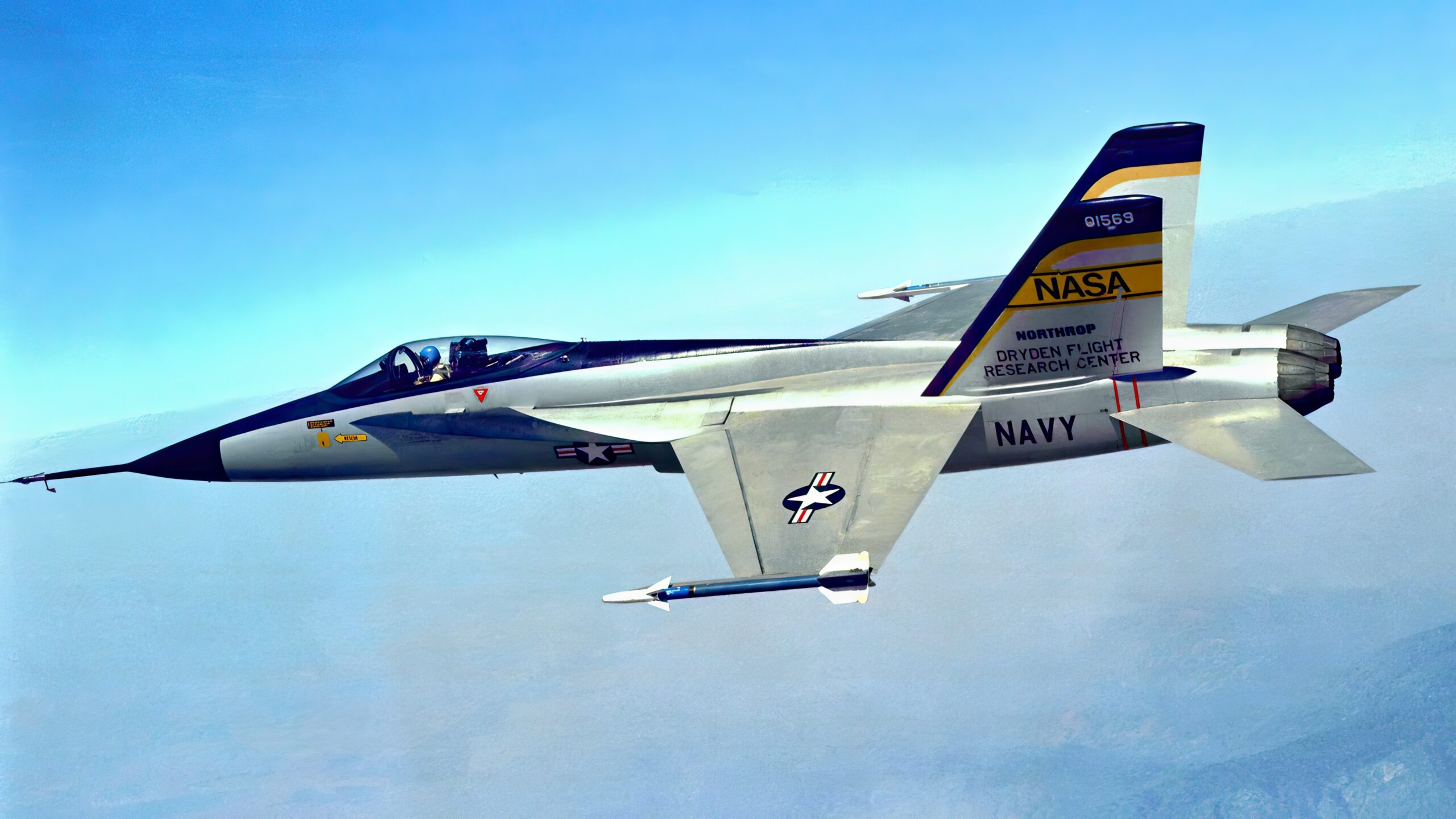
In an alternate universe where the YF-17 ‘Cobra’ triumphed over the YF-16, this victorious contender could have still transitioned into the F/A-18 ‘Hornet’ — not solely for the Navy, but also the USAF. With an illustrious track record in both air-to-air and air-to-ground operations, the F-18 would have been a versatile powerhouse within the Air Force’s arsenal.
In this potential reality, the Air Force adopting the F-18 could have fostered more harmonious operational integration with the Navy, sharing a common aircraft platform. This symbiotic relationship might have streamlined the training, maintenance, and logistical procedures across the two branches, enhancing overall efficiency and possibly yielding significant financial savings.
Furthermore, while the F-18’s aptitude for carrier-based operations might not be crucial for the Air Force, it could still have served as an inspirational blueprint. Its robust design might have spurred the creation of a new generation of USAF aircraft, demonstrating similar ruggedness and the ability to operate under austere conditions or from makeshift airfields.
The final point to consider is the F-18’s subsequent evolution from the single-seat F-18 to the two-seat F/A-18F Super Hornet and the EA-18G Growler — the latter being an electronic warfare variant. Had the USAF initially opted for the YF-17, these dynamic multi-role and specialized variants might have made their entrance into the Air Force’s lineup much earlier. This would have expanded the USAF’s tactical and strategic repertoire, offering them a broader array of tools to maintain their air superiority.
Undoubtedly, the ripple effects of these changes would significantly transform the face of the US Air Force and potentially the global landscape of air warfare. The decisions made in the past have shaped our present, but considering alternative timelines offers intriguing insights into what might have been.
An Era of the YA-9
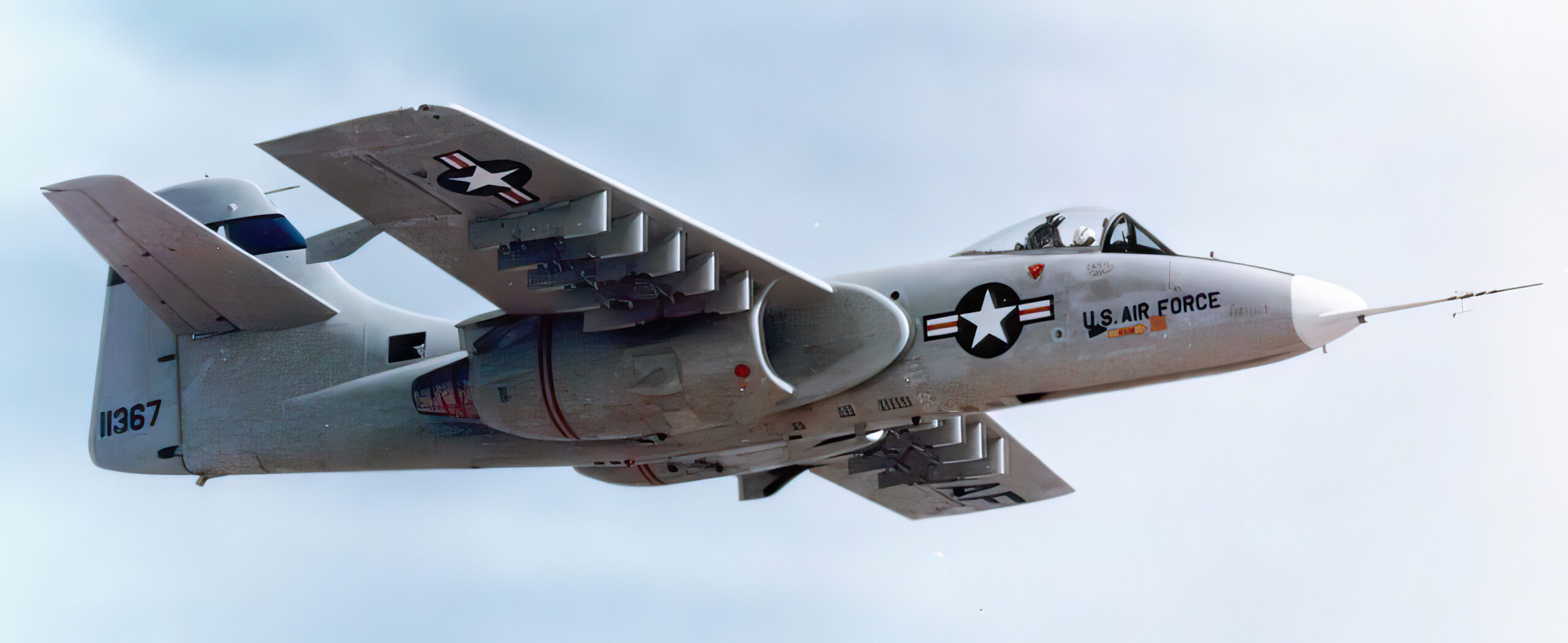
While the A-10 ‘Warthog’ has consistently stood as the USAF’s emblematic ground-attack aircraft, we venture into an alternative universe where the YA-9 clinches the victory in the A-X program. The YA-9, Northrop’s brainchild, was a single-seat, dual-engine jet that was synonymous with robustness, reliability, and straightforward design.
In this speculative reality, the YA-9’s capacity to carry a heftier payload than the A-10, coupled with its renowned durability and economical operational costs, might have redefined the capabilities of the USAF’s ground-attack squadron.
Had the YA-9 been chosen, there could have been a greater emphasis on delivering large payloads for ground attacks, possibly leading to further advancements in precision weaponry and bomb technology. Its robust design might have instigated the development of more armored, damage-resistant aircraft, creating a different tactical approach to close air support missions.
The YF-23 ‘Black Widow II’ Dominance
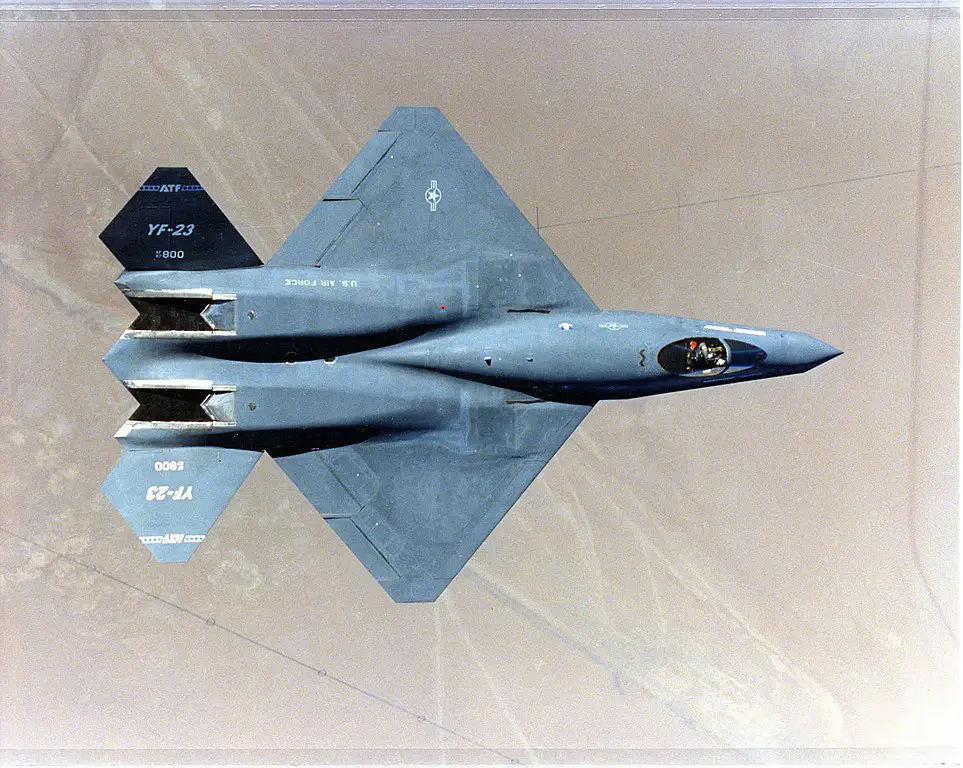
Let’s then consider an alternate reality where the YF-23 ‘Black Widow II’, a stealthier and faster aircraft than the YF-22 ‘Raptor’, was chosen. The YF-23 was designed for speed and stealth with an emphasis on minimal radar and infrared signatures. Its selection could have pushed the envelope on stealth technology much sooner, leading to quicker advancements in low observable technology.
With the YF-23, the Air Force might have leaned heavily into developing speed and stealth for air superiority fighters, resulting in significant breakthroughs in stealth materials and engine design to minimize heat signatures. The emphasis on reduced detectability could have increased the strategic and tactical importance of cyber warfare and electronic countermeasures.
The X-32 Ascendancy
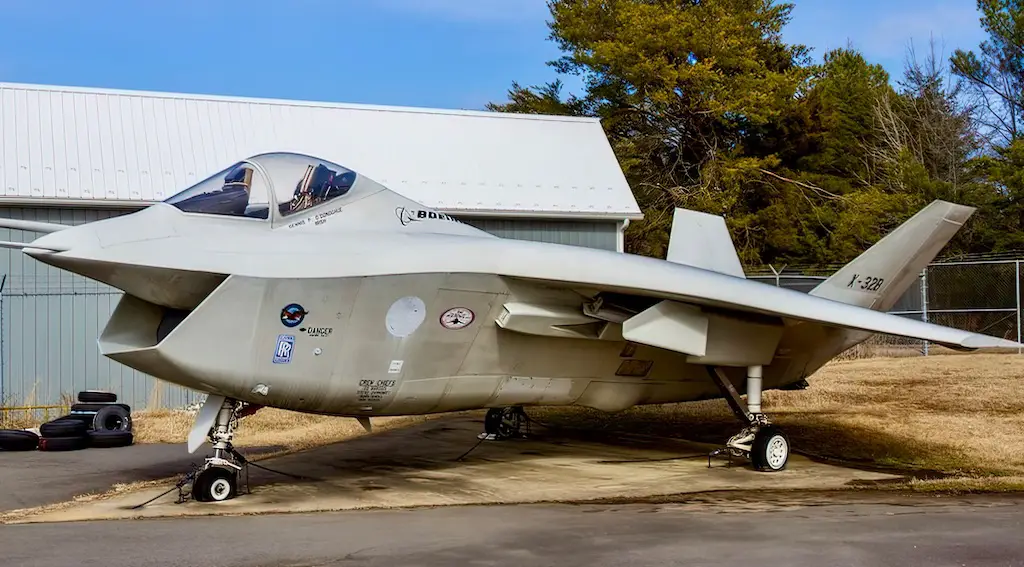
To round off our alternative timeline, consider a scenario where the Joint Strike Fighter program favored the X-32 over the X-35. The X-32, sporting a distinctive ‘monolithic’ design, would have introduced an entirely unique lineage of fighter jets. While it exhibited some limitations compared to the X-35, such as the absence of in-flight refueling capabilities in its initial model, its potential for enhancement and upgrade was considerable.
In this reality, the X-32’s balance between cost-effectiveness and performance might have heralded an epoch of multirole fighters engineered with a greater emphasis on budget-conscious design. This shift could have fostered increased international collaborations on fighter development to share expenses. This strategy might have also engendered more frequent incremental upgrades and an elevated degree of modularity in fighter designs, allowing the US Air Force to adeptly navigate the ever-evolving landscape of warfare.
Reflections on the Path Not Taken
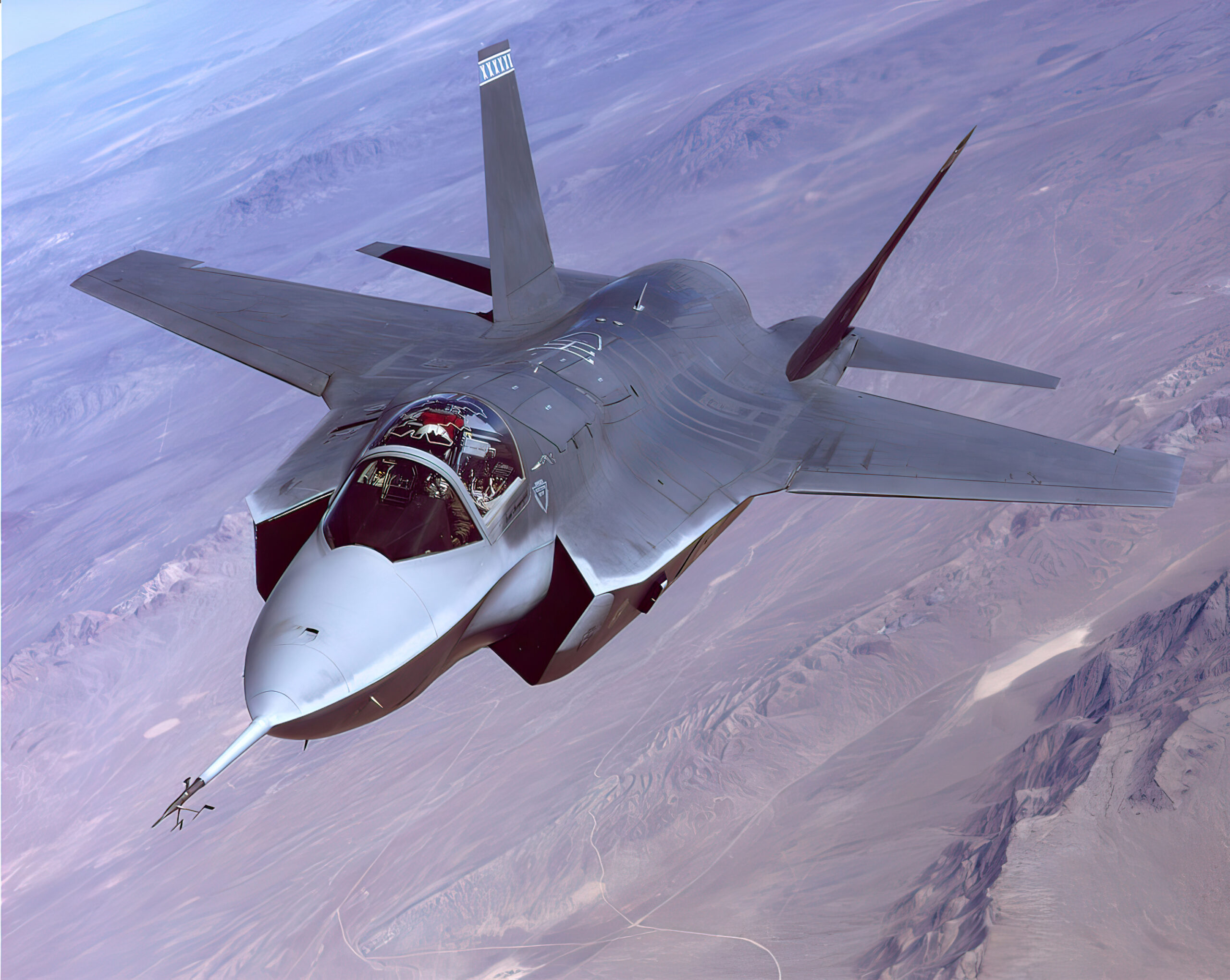
Exploring these diverging trajectories of history, it’s compelling to speculate how these alternative choices in prototype selection could have shaped the philosophy, technology, and tactics of the US Air Force. However, it’s pivotal to acknowledge that the choices made were born out of the demands and circumstances of their respective eras, and informed by a myriad of complex variables.
Even so, these ‘what-if’ scenarios provide more than just a fascinating exploration of an alternate history. They allow us a renewed sense of appreciation for the intricacies and complexities involved in the decisions that have ultimately forged the trajectory of our current timeline. Engaging with these alternate narratives ultimately deepens our understanding of the profound impact that these historical crossroads have had on shaping our world.

